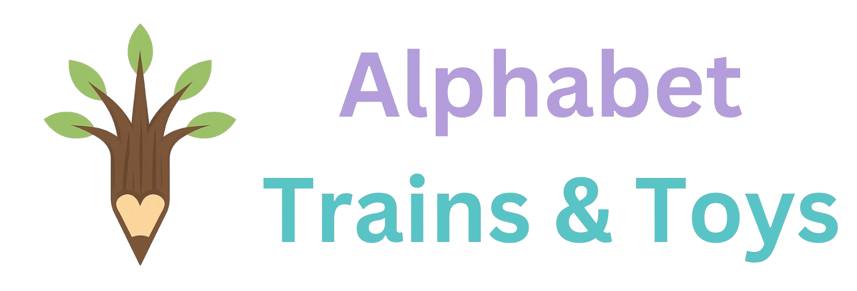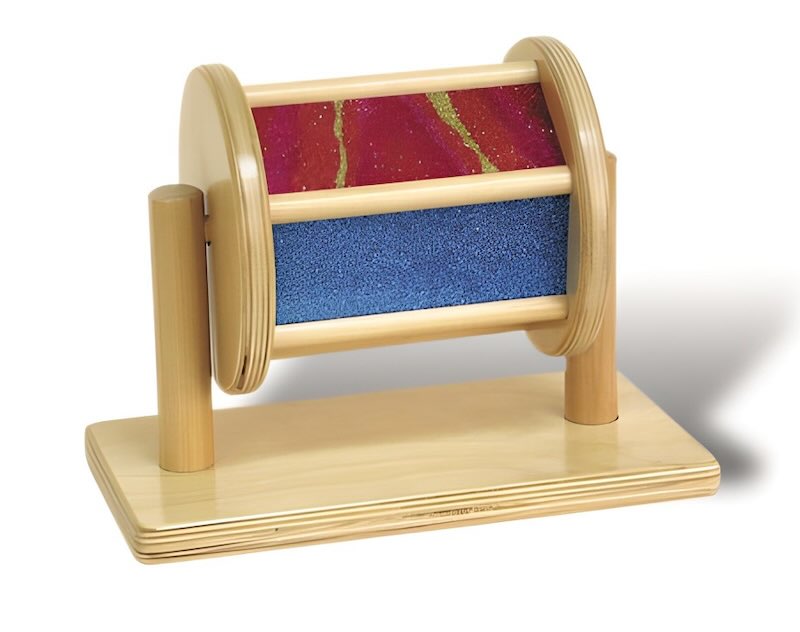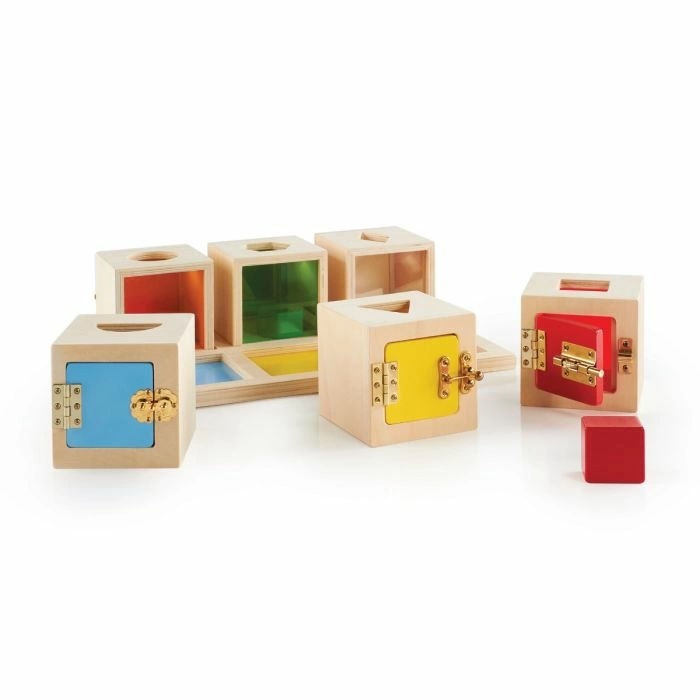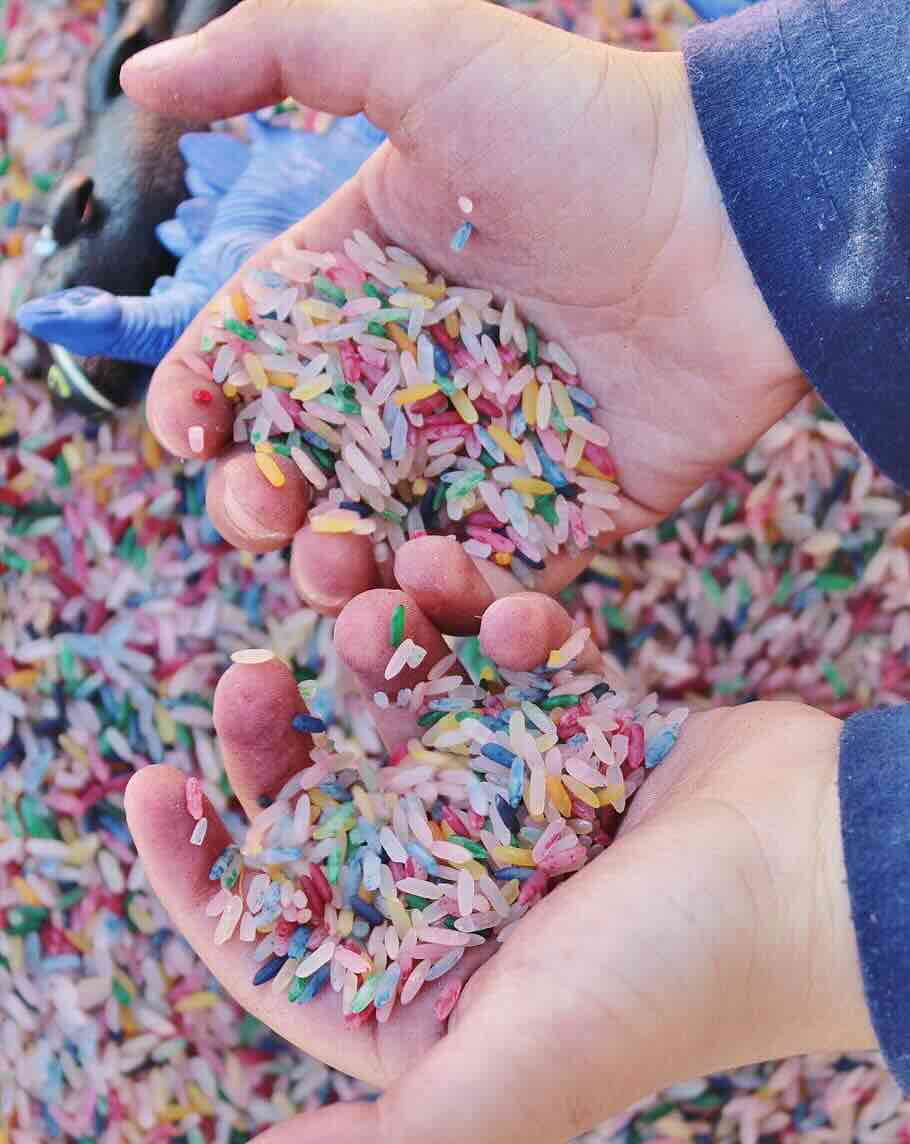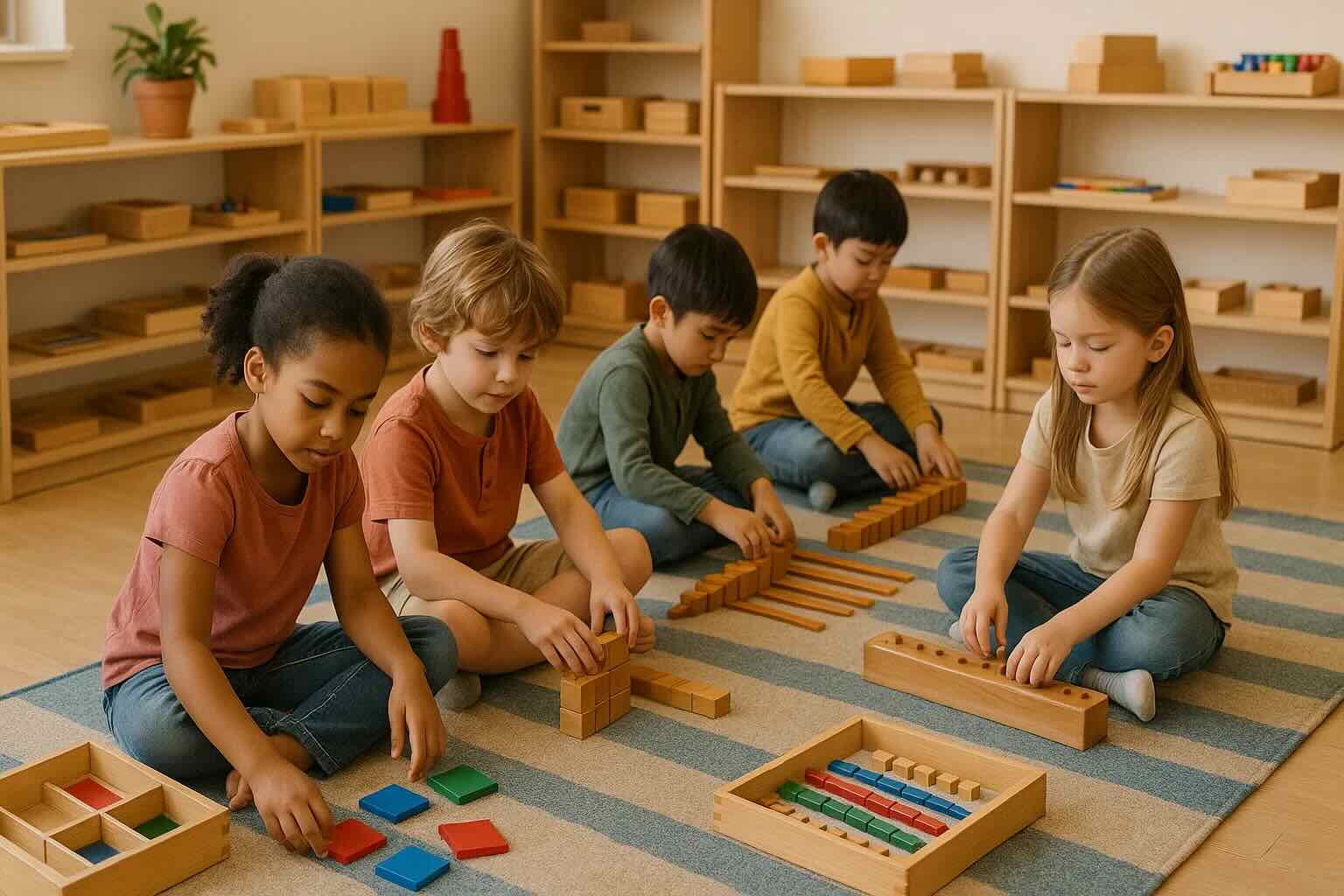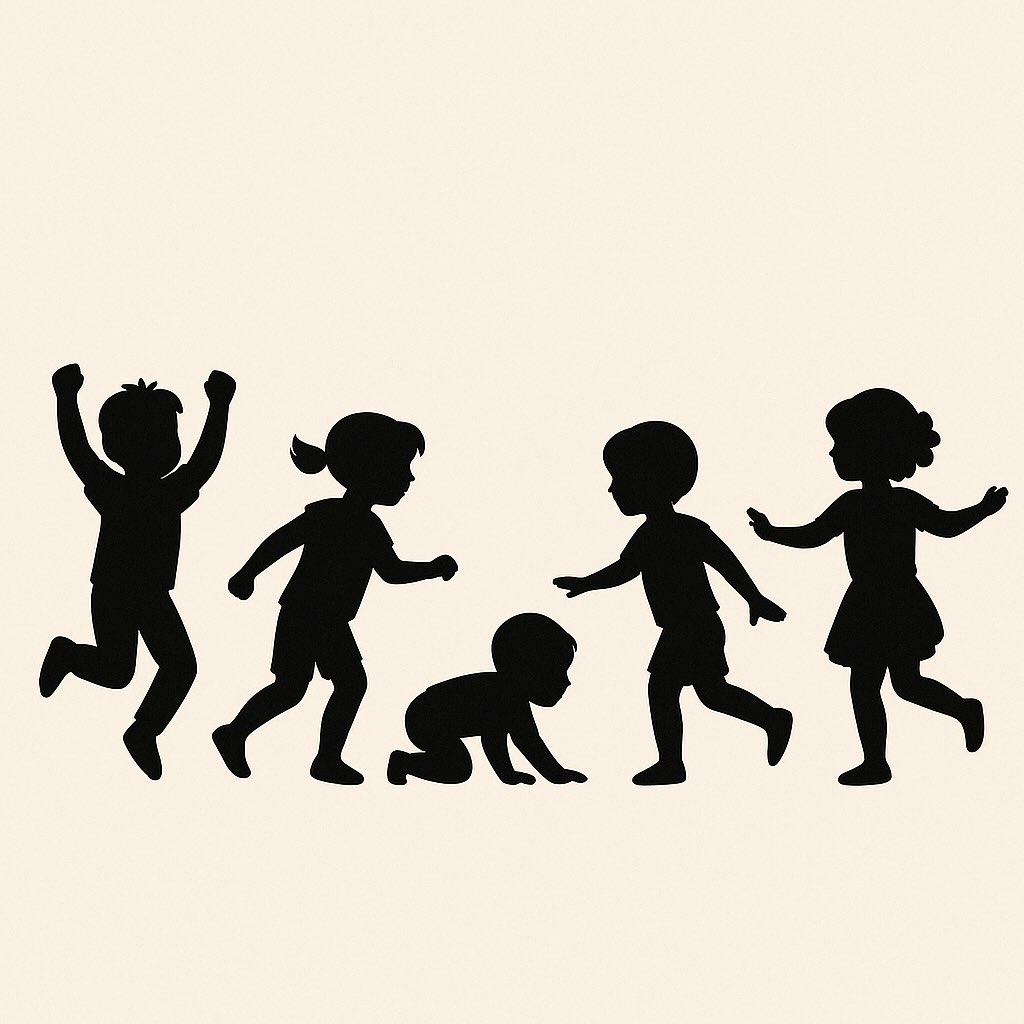Watching our kids play is incredibly joyful. Their hands explore everything with excitement. It's a timeless image, showing a key part of childhood where discovery is around every corner. Montessori sensory toys, like the Spinning Drum, are more than just toys. They are creative tools that pull kids away from screens. They help kids dive into a world filled with learning and fun.
The Spinning Drum is simple, but it hides a whole world of learning. With every turn, kids unlock new parts of their development. Research shows that kids play more creatively when they have fewer toys. This idea is at the heart of the Montessori method. It strikes a balance between learning and playing. Every time the drum spins, it's an invitation for kids to explore their creativity even more.
Key Takeaways
- Montessori sensory toys like the Spinning Drum encourage hands-on, imaginative play.
- These toys aid in important child development areas, like motor skills and thinking.
- Having fewer toys might actually make kids more creative and focused.
- The Spinning Drum shows how Montessori toys are designed for each child.
- Choosing toys based on Montessori ideas can greatly enhance learning through play.
- Toys like the Spinning Drum make sure every child's learning path is valued.
Understanding Montessori Sensory Toys and Their Role in Child Development
The Montessori sensory toys play a vital role in child development. They come from the Montessori method, created by Maria Montessori. These toys are made to develop both the brain and body. They do this through basic sensory play. Let's look deeper into the ideas that shape these toys and their benefits.
The Philosophy Behind Montessori Sensory Toys
The main idea of Montessori toys is to keep things simple and natural. Maria Montessori believed these were key to a good sensory experience. The toys use natural stuff and soft colors. This helps kids focus on how the toy feels and works. This idea respects their growing senses and makes learning calm and focused.
How Sensory Play Supports Cognitive and Motor Skills
Sensory play is crucial for brain growth and bettering motor skills. It helps kids connect different senses, which is important for learning later on. For example, the Montessori Spinning Drum makes babies reach and grab. This helps with important motor skills.
- The Spinning Drum improves hand-eye coordination and motor skills as kids spin or hit it, learning about cause and effect.
- Montessori toys for toddlers, like block sets, help with problem-solving and brain development. They teach kids about shapes and space.
| Toy | Sensory Skill Enhanced | Age Group |
|---|---|---|
| Newborn Contrast Book | Seeing skills from black and white pictures | 0-6 months |
| Montessori Spinning Drum | Hearing skills and motor development | 6-12 months |
| Set of 7 Cups | Feeling textures and understanding space | 12-18 months |
| Montessori Silicone Pulling Toy | Focusing and soothing gums | Infants |
| Sensory Plush Toys | Smelling for bonding and comfort | Any young child |
Using Montessori toys every day helps kids grow. They prepare for learning later on. These toys are simple but full of sensory experiences. This lets kids learn and grow on their own.
This builds independence and strong thinking skills.
The Importance of Sensory Play in the Montessori Approach
In the Montessori approach, sensory intelligence is more than just reacting to what we feel. It uses these feelings to grow our minds and bodies. Sensory activities are key in Montessori teaching. They help kids connect with their world through hands-on learning.
The Montessori philosophy offers a space for exploration, discovery, and learning by oneself. Kids use sensory materials and toys, like the Spinning Drum, in a structured yet imaginative way.
Building Blocks of Sensory Intelligence
Sensory intelligence is key for learning in Montessori schools. Here's how it's built:
- Enhanced Cognitive Skills: Playing with sensory materials boosts language skills. It gives kids words to describe what they see and think.
- Motor Skill Development: Using sensory activities like puzzles strengthens both fine and gross motor skills. It does this by making different muscles work together.
- Social and Emotional Growth: Playing together with Montessori toys teaches kids about empathy. It helps them develop emotional smarts early on.
Every Montessori material, chosen by Dr. Montessori’s guidelines, sharpens children's senses. It lets them freely explore and learn about their environment.
Encouraging Exploration and Discovery
Montessori schools see exploration as a way to learn and grow. Here’s how this happens with examples from classrooms:
- Self-directed Learning: Kids pick their tasks and work at their own speed. They explore different results and get good at skills by doing them over and over.
- Critical Thinking and Problem Solving: Activities like drumming teach cause and effect. They also push kids to think ahead and solve problems.
- Collaborative Play: Many Montessori activities need more than one kid. This encourages sharing, taking turns, and working together.
Montessori education fosters a setting where finding out things through exploration is key. It helps kids develop a lifelong passion for learning and curiosity about the world.
Montessori toys and open-ended activities give kids the means to explore, create, and grow. The role of sensory play in Montessori is vital. It builds learners who are independent, confident, and ready to face the world.
Spotlight on the Spinning Drum: A Classic Montessori Toy
Meet the Spinning Drum, a classic sensory toy that embodies Montessori design. It’s made from natural materials. This toy has been around for ages, helping kids grow key skills. With its beautiful design and educational purpose, the Spinning Drum is a top-notch toy that fits Montessori's natural, sustainable education ideals.
Design and Materials: Embracing the Montessori Way
The Spinning Drum stands out for being made mostly of wood. Montessori toys are known for being strong and safe because of this. They're crafted from natural stuff for a good touch feel and to help the planet. This toy is safe and eco-friendly, thanks to its non-toxic finishes. It's a great pick over typical plastic toys.
The Spinning Drum in Action: Benefits and Uses
The Spinning Drum is a hit in classrooms, teaching kids about cause-and-effect. It catches their eye and hands, making learning fun. Kids use it everywhere, at home or school, growing their senses and brain power as they go.
| Benefits | Statistic |
|---|---|
| Boost in Spatial Reasoning Skills | Up to 40% |
| Enhancement in Hand-Eye Coordination | 75% of children show improvement |
| Increase in Problem-Solving Abilities | 30% increase from independent play |
| Reduction in Exposure to Harmful Chemicals | 90% decrease with natural finishes |
| Improvement in Creative Thinking Abilities | 25% increase from imaginative play |
The Spinning Drum is loved for its design, lasting use, and learning benefits. It's a favorite among parents and teachers for teaching kids important skills through play. No wonder it’s a beloved toy in schools and homes worldwide.
How Montessori Sensory Toys Like the Spinning Drum Encourage Creativity
Montessori toys impact early learning in big ways. They use natural materials and simple designs, following Maria Montessori's ideas. This creates a safe, inspiring space for kids. The Spinning Drum is great for imagination and sensory skills.
These toys, such as the Spinning Drum, aren't just for fun. They push kids to think and create in new ways. By allowing open-ended play, children can explore and express themselves without limits. This boosts their creativity.
Montessori toys offer a special learning experience. They guide children to explore but don't control how they play. This balance helps kids become creative and solve problems on their own. With toys like the Spinning Drum, kids can discover sounds and visuals, sparking new ideas.
| Toy | Material | Developmental Benefit |
|---|---|---|
| Montessori Spinning Drum | Natural wood and metal | Auditory and motor skills enhancement |
| Montessori Nesting Cups | Durable non-toxic materials | Skills in stacking, nesting, and spatial awareness |
The materials in Montessori toys are key for sensory growth. They're made from wood, metal, and fabric instead of plastic. This avoids toxins and keeps the toys safe to touch. Plus, it makes them last longer, supporting green living.
Montessori toys, like the Spinning Drum, spark kids' curiosity and eagerness to learn. From 5 months old, they can improve senses, help learn about object permanence, and show cause and effect. These toys are vital for children’s growth, making creativity and learning fun.
Montessori Sensory Toys Across Ages: From Babies to Preschoolers
Picking the right Montessori sensory toy is key to helping your child hit important growth milestones. Toys for toddlers enhance early thinking skills. Meanwhile, baby toys focus on exploring senses. Each toy meets the growing needs of kids at different ages. A simple toy for a newborn offers basic sensory fun. Yet, toys for a 2 year old boost learning and interactions.
Selecting the Right Toy for the Right Age
| Age | Recommended Toys | Developmental Benefits |
|---|---|---|
| 0-12 Months | Montessori Baby Cloth Book, Montessori Silicone Pulling Toy | Enhances sensory skills, develops grip and fine motor control |
| 1 Year Old | Musical Instruments, Simple Wooden Puzzles | Supports neural development, promotes problem-solving abilities |
| 2 Years Old | Vertical Stacker Toys, Practical Life Baby Dolls | Improves hand-eye coordination, encourages language and social-emotional skills |
| 3 Years Old | Pikler Climbing Arches, Vocabulary Cards | Enhances gross motor skills, aids in language development |
Adapting Montessori Principles as Your Child Grows
For a 1-year-old, Montessori toys like the Baby Cloth Book are perfect. They have bright images for eye development. As kids grow, their toys change to active play.
By age 3, kids start solving harder problems and learn STEM. These toys help their brains grow and learn deeply.
Choosing the right toys for each age is key. Montessori toys for ages 1 to 3 help kids explore and learn early on.
DIY Montessori Sensory Toys: Creating Your Own Spinning Drum at Home
Making DIY Montessori sensory toys is fun and educational. It connects you with your child. With simple items, we can make a spinning drum at home. This activity is creative and teaches kids about Montessori toys.
Materials Needed for a Homemade Spinning Drum
First, pick eco-friendly and safe items. We want our educational toys to be safe and green. You will need:
- Wood or sturdy cardboard: These make up the drum's body.
- Non-toxic paint: This brings color and supports visual play.
- Spindle or dowel: It lets the drum spin smoothly.
- Drumsticks: Choose wood or another safe material.
- Sandpaper: Smooths rough edges for safety.
Step-by-Step Guide to Crafting a Sensory Experience
Here's how to make your spinning drum:
- Shape the Drum: Cut wood or cardboard into two circles and a rectangle. They will form the drum.
- Assemble the Body: Glue or nail the circles to the rectangle's ends.
- Insert the Spindle: Fix the spindle on one circle to spin the drum.
- Paint and Decorate: Use safe paints to make the drum attractive.
- Sanding: Sand any rough parts after the paint dries for safety.
Making a spinning drum by yourself is rewarding. It makes learning tools more personal. This project is fun and helps in learning. It brings joy to sensory play and teaches the importance of handmade Montessori toys.
Incorporating Montessori Sensory Toys into Everyday Play and Learning
Using everyday play with Montessori sensory educational toys opens a unique door to growth and self-reliance for your child. These toys are not just for fun. They help build practical life skills and thinking abilities. By adding these toys to daily tasks, learning and play blend together smoothly.
Montessori toys like the Shape Blocks or Cooking Tools fit perfectly into your kid's routine. They encourage self-directed play. This lets children learn at their own pace. Here are ways to add these toys into day-to-day life:
- Practical Mealtime Learning: Use Montessori counting blocks at breakfast or snack time to teach counting and colors.
- Enhanced Bath Time: Montessori Shape Blocks in the bath help with coordination and make bath time both fun and teaching.
- Creative Cooking Sessions: Let your child help in the kitchen with Montessori Cooking Tools. They are safe and help kids learn to cook, promoting both independence and cooking skills.
Creating special times for playing with Montessori toys, like puzzle time or reading sensory books before bed, keeps learning linked to their interests. This approach keeps them engaged and avoids distractions.
The core of Montessori learning fits well into everyday life. It lets children take charge of their learning, boosting their sense of success and motivation. As they develop, they learn not just academically but also vital life skills. This prepares them to be confident and skilled learners.
Conclusion
Montessori sensory toys are more than just toys. They are vital for your child's growth, sparking educational development and endless curiosity. Toys like the Spinning Drum let kids learn through hands-on play. This encourages sensory exploration and creative thinking in a structured way.
Unlike many toys, Montessori ones are known for their sustainability and lasting value. They have a big positive effect on young minds. This is because they improve play quality and motor skills. Places like the Center for Early Childhood Education in Connecticut back this up. Choosing these toys means less reliance on batteries and more focus on simplicity. This way, kids develop concentration and creativity.
Investing in Montessori sensory toys benefits your child's current happiness and future achievements. They are made for all senses and learning stages, helping every child succeed. When you give your kids Montessori toys, like wooden stones or textures-rich toys, you're building a strong, smart foundation. You'll help them grow into smart, skilled adults.
FAQ
What is the Montessori philosophy behind sensory toys?
The Montessori method favors natural materials and simple toys. These help with kids' learning and movement skills. Sensory toys like the Spinning Drum let kids discover and interact with their surroundings. This is key to building sensory knowledge and learning on their own.
How does sensory play support cognitive and motor skills?
Sensory play uses different senses, leading to deeper learning. The Spinning Drum, for example, lets kids learn through touch, sight, and sound. This aids in developing fine motor abilities and coordination. Such activities boost children's thinking and reaction skills.
Why is sensory intelligence important in child development?
Sensory intelligence is vital as it helps kids understand and react to sensory data. This builds their ability to learn, grasp their environment, and develop skills in solving problems and making decisions.
How is the Spinning Drum beneficial for my child?
The Spinning Drum is based on Montessori principles. It's a toy that improves sensory awareness and shows cause and effect. It's a fun way to better motor skills, coordination, and focused play in different learning situations.
How can Montessori sensory toys like the Spinning Drum encourage creativity?
Montessori sensory toys allow for structured, yet open-ended play. This encourages kids to imagine and explore. By playing in this way, children learn to think creatively and solve problems innovatively.
At what age should I introduce Montessori toys to my child?
Montessori toys fit any age, supporting different growth stages. Early toys like the Spinning Drum aid in basic movement. For older kids, more complex toys challenge their thinking.
Can I make Montessori sensory toys at home?
Yes, making DIY Montessori sensory toys at home is a great idea. Use eco-friendly materials and safe paints. This way, you can create toys like the Spinning Drum. It adds a personal touch to your child's learning through play.
What are some strategies for integrating sensory toys into my child's daily routine?
To add sensory toys to daily life, create special play areas. Include toys in everyday tasks and let your child explore freely. This encourages self-led growth, a love for learning, and independence.
